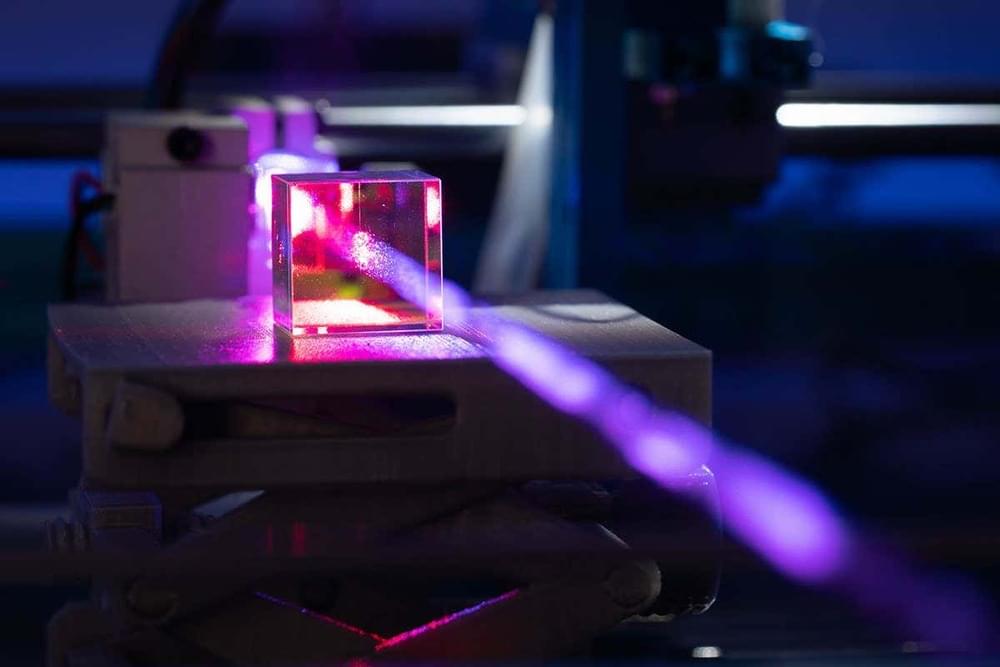Do you want to get started with Quantum Machine Learning? Have a look at Hands-On Quantum Machine Learning With Python.
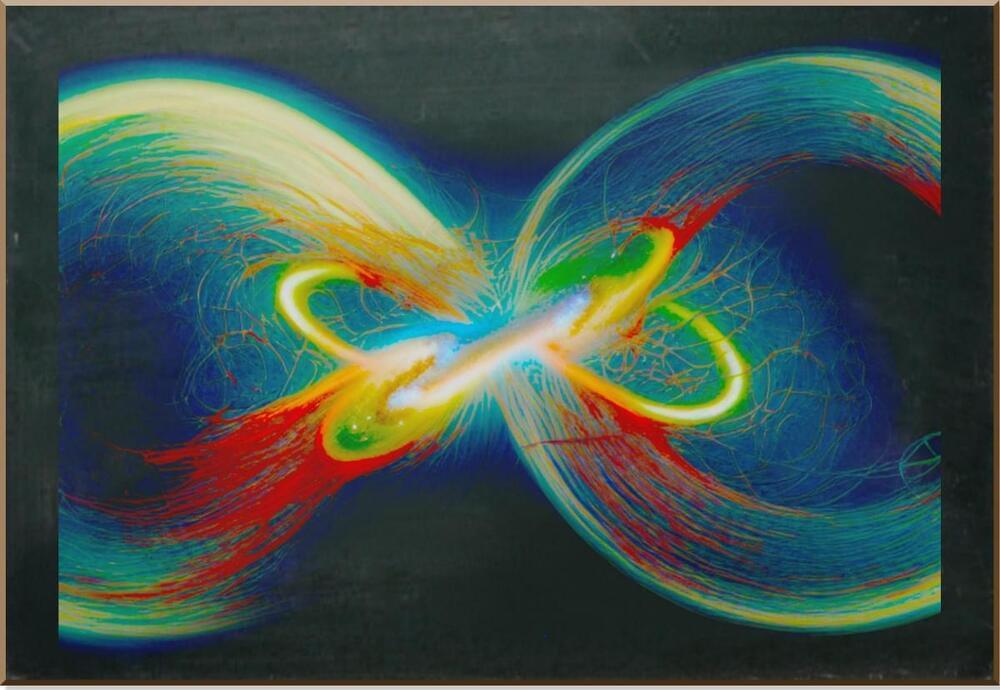

Do you want to get started with Quantum Machine Learning? Have a look at Hands-On Quantum Machine Learning With Python.
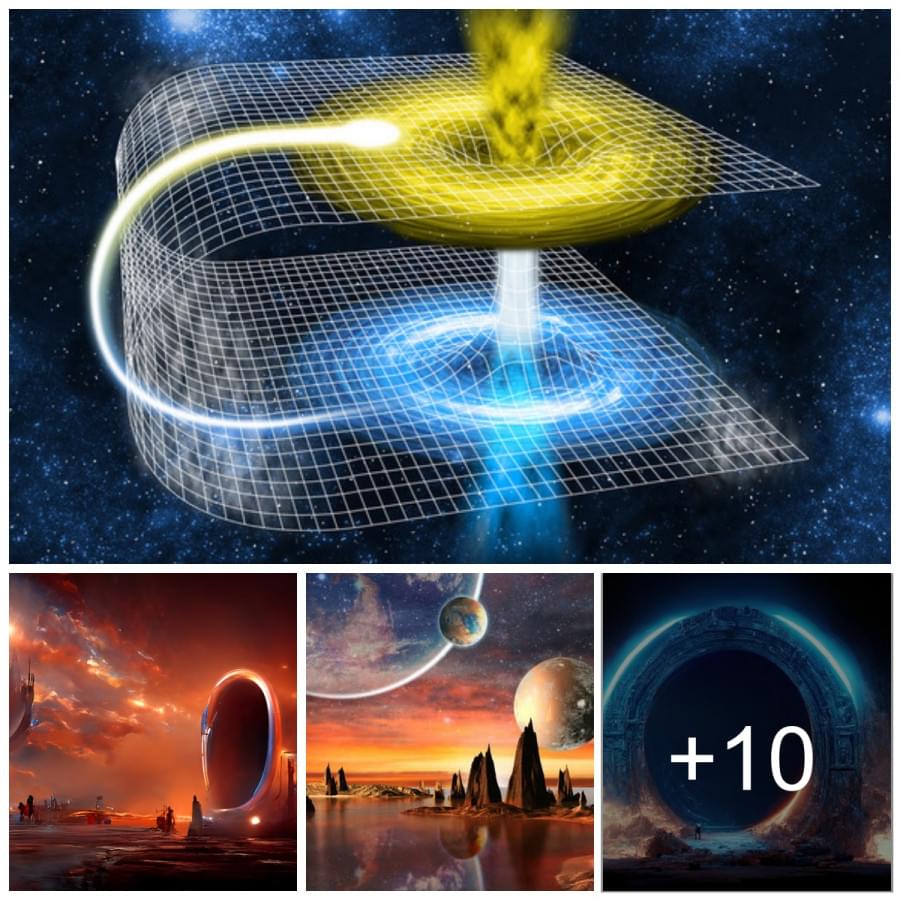
In a new study, scientists say they can explain dark matter by positing a particle that links to a fifth dimension.
(Updated version of the previous article.)
While the “warped extra dimension” (WED) is a trademark of a popular physics model first introduced in 1999, this research, published in The European Physical Journal C, is the first to cohesively use the theory to explain the long-lasting dark matter problem within particle physics.
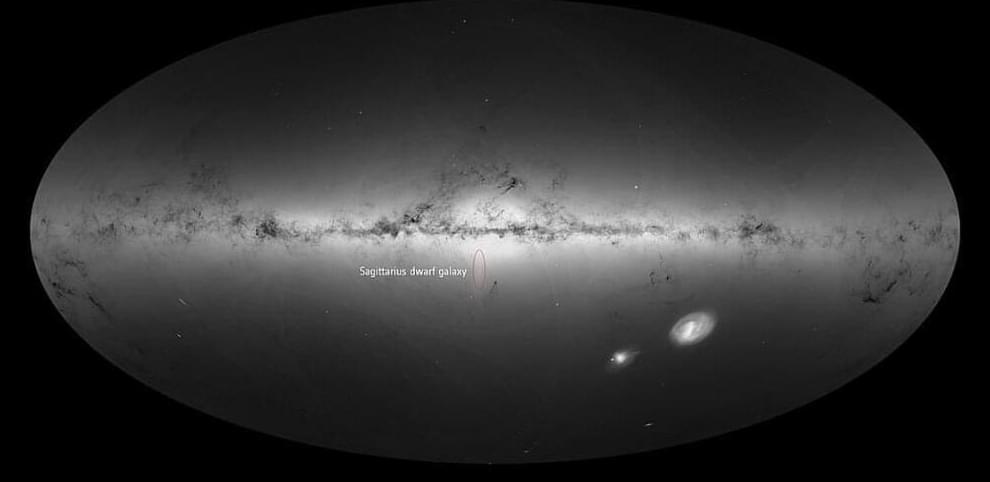
Although dark matter is a central part of the standard cosmological model, it’s not without its issues. There continue to be nagging mysteries about the stuff, not the least of which is the fact that scientists have found no direct particle evidence of it.
Despite numerous searches, we have yet to detect dark matter particles. So some astronomers favor an alternative, such as modified Newtonian dynamics (MoND) or modified gravity model. And a new study of galactic rotation seems to support them.
The idea of MoND was inspired by galactic rotation. Most of the visible matter in a galaxy is clustered in the middle, so you’d expect that stars closer to the center would have faster orbital speeds than stars farther away, similar to the planets of our solar system. What we observe is that stars in a galaxy all rotate at about the same speed. The rotation curve is essentially flat rather than dropping off. The dark matter solution is that galaxies are surrounded by a halo of invisible matter, but in 1983 Mordehai Milgrom argued that our gravitational model must be wrong.

A team of researchers from Università di Firenze, the University of South Florida, California Institute of Technology and Princeton University has found an incidence of a quasicrystal formed during an accidental electrical discharge.
In their paper published in Proceedings of the National Academy of Sciences, the group describes their study of a quasicrystal found in a sand dune in Nebraska.
Quasicrystals, as their name suggests, are crystal-like substances. They possess characteristics not found in ordinary crystals, such as a non-repeating arrangement of atoms. To date, quasicrystals have been found embedded in meteorites and in the debris from nuclear blasts. In this new effort, the researchers found one embedded in a sand dune in Sand Hills, Nebraska.

An aerial fireworks burst is produced by launching a fireworks shell high into the air, where an explosion occurs. This explosion propels brightly burning particles (known as “stars”) in many directions. Each streak of light in the firework is a burning “star” flying through the air.
Coal and saltpeter (potassium-nitrate) are used to create gunpowder, the fuel that allows the stars in the firework to burn. Nitratine, a highly reactive mineral, is the natural form of sodium-nitrate and serves as an oxidizer for fireworks, supporting the fuel’s combustion.
The vibrant colors in a firework don’t come directly from the burning fuel, but metallic minerals that are deliberately added in very small amounts to the mix. As the fuel burns, the metal atoms in the crystal structure absorb energy, emitting a specific wavelength of light that we perceive as a distinct color.
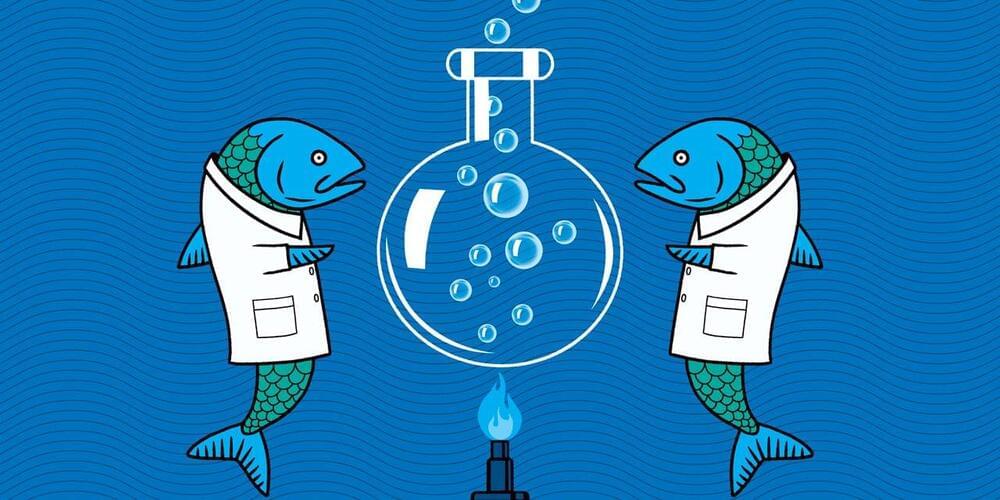
Nobel Prize-winning physicist Frank Wilczek explores the secrets of the cosmos. Read previous columns here.
This year marks the 10th anniversary of the discovery of the Higgs particle. Now we can see it in perspective.
To understand its significance, imagine an ocean planet where intelligent fish evolve and start to make theories of how things move. They do experiments and deduce equations but it is a messy hodgepodge, because the fish, taking their ever-present environment for granted, think of their ocean as “empty space.” After decades of work, though, some realize that by postulating that “empty space” is a medium—ocean—that has mass and motion of its own, you can account for everything using simple, elegant laws (namely, Newton’s laws). Next, the fish start to wonder what their hypothetical ocean is made of. They boil some ocean, do some sophisticated spectroscopy, and ultimately identify water molecules. Imagined beauty guided them to concrete truth.

In November 2021, while the municipal utility in Marburg, Germany, was performing scheduled maintenance on a hot water storage facility, engineers glued 18 solar panels to the outside of the main 10-meter-high cylindrical tank. It’s not the typical home for solar panels, most of which are flat, rigid silicon and glass rectangles arrayed on rooftops or in solar parks. The Marburg facility’s panels, by contrast, are ultrathin organic films made by Heliatek, a German solar company. In the past few years, Heliatek has mounted its flexible panels on the sides of office towers, the curved roofs of bus stops, and even the cylindrical shaft of an 80-meter-tall windmill. The goal: expanding solar power’s reach beyond flat land. “There is a huge market where classical photovoltaics do not work,” says Jan Birnstock, Heliatek’s chief technical officer.
Organic photovoltaics (OPVs) such as Heliatek’s are more than 10 times lighter than silicon panels and in some cases cost just half as much to produce. Some are even transparent, which has architects envisioning solar panels not just on rooftops, but incorporated into building facades, windows, and even indoor spaces. “We want to change every building into an electricity-generating building,” Birnstock says.
Heliatek’s panels are among the few OPVs in practical use, and they convert about 9% of the energy in sunlight to electricity. But in recent years, researchers around the globe have come up with new materials and designs that, in small, labmade prototypes, have reached efficiencies of nearly 20%, approaching silicon and alternative inorganic thin-film solar cells, such as those made from a mix of copper, indium, gallium, and selenium (CIGS). Unlike silicon crystals and CIGS, where researchers are mostly limited to the few chemical options nature gives them, OPVs allow them to tweak bonds, rearrange atoms, and mix in elements from across the periodic table. Those changes represent knobs chemists can adjust to improve their materials’ ability to absorb sunlight, conduct charges, and resist degradation. OPVs still fall short on those measures. But, “There is an enormous white space for exploration,” says Stephen Forrest, an OPV chemist at the University of Michigan, Ann Arbor.

In theory, it could mitigate the effects of global warming; but experts are wary.
Make Sunsets, a California-based startup, released weather balloons that carried sulfur particles into the stratosphere which possibly burst there, releasing the chemical, MIT Technology Review.
Da-kuk/iStock.
Founded by Luke Iseman, previous director of hardware at Y Combinator, the attempts by the startup fall into the controversial area of solar geoengineering where particles are released into the atmosphere with an aim to reflect sunlight back into space to ease global warming. The field has largely been a thought experiment with no real consensus if the technology can help us fight climate change.
